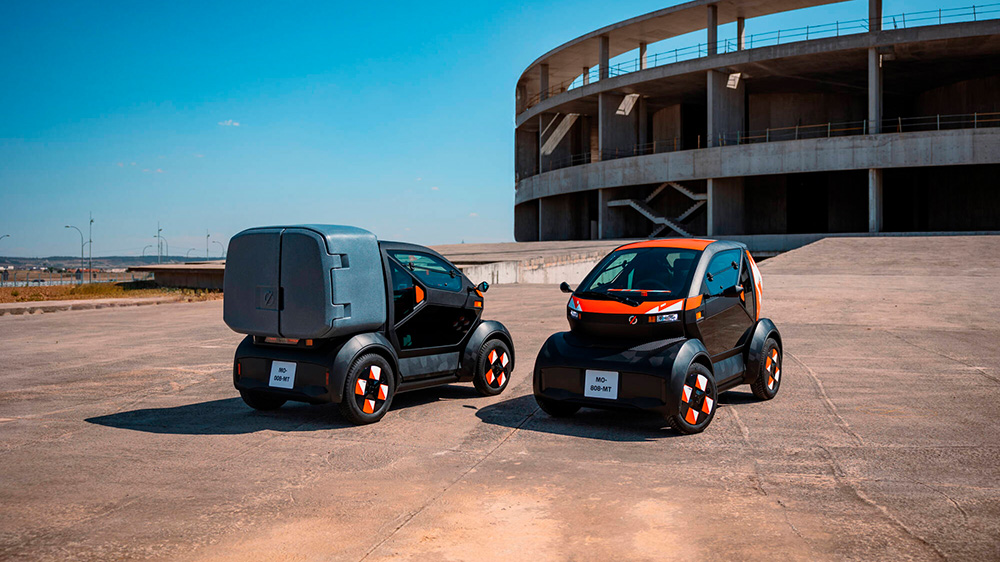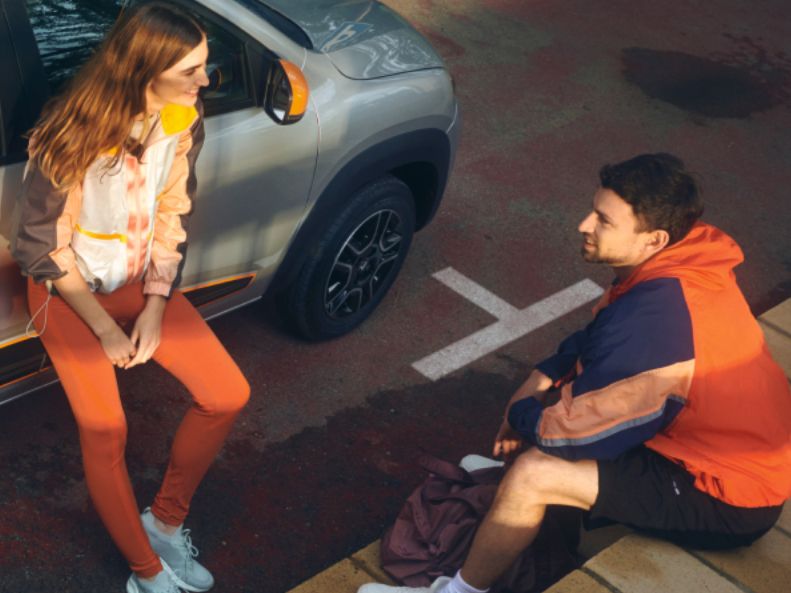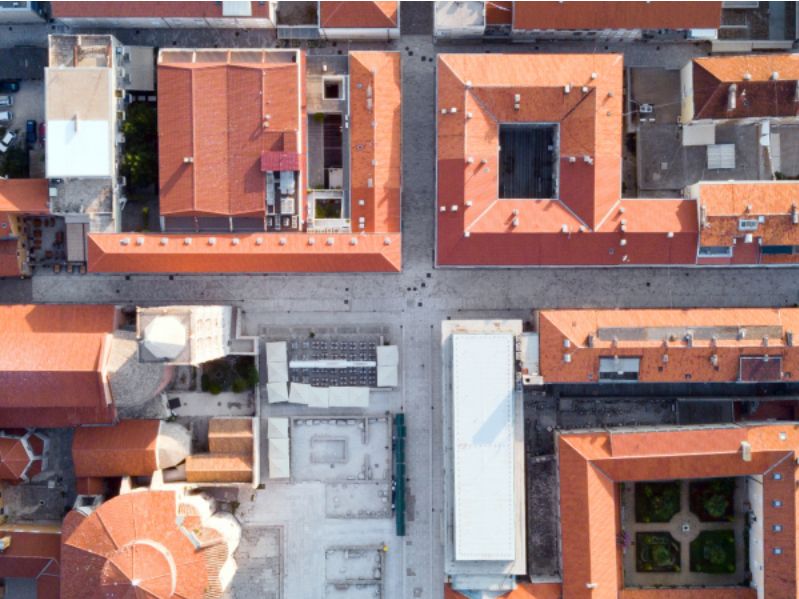Recipe #1: understanding ecomobility with a pinch of imagination
The principle of ecomobility involves initiatives and infrastructures that make sustainable mobility possible, whether in cities, suburbs or rural areas. Just imagine public services, shops, schools, close to each other and easily accessible while, in the streets, tramways, car-sharing electric vehicles, gyropods and bicycles on bike paths would circulate. New mobility habits are gradually emerging along these lines.
All these vehicles could, for example, run on a road that absorbs 10-20% of the sun’s rays. The road surface could then carry this energy to the neighboring buildings to heat water. On the sidewalks, greenery would reclaim its rightful place and bring shade to temper the blazing sun during heatwaves. The roads would be used by soft mobility modes of transport as part of a sustainable development strategy. Ecomobility, to make it happen, you must first dream it a little!
Recipe #2: mixing ecomobility and electromobility over a low flame
Although the two notions are not equivalent, the solutions provided by ecomobility include those provided by electromobility. They range from car-sharing, to bicycles, to gyropods and all other sustainable means of locomotion. Ecomobility also addresses the issue of infrastructure that facilitates travel. It covers both the use of clean vehicles and everything that makes them work: electrical terminals, renewable sources of electricity, roadway design, etc.
Recipe #3: combine the three main ingredients of ecomobility
The present and future of ecomobility consist of three main pillars:
multimodality and intermodality
For ecomobility to be achievable, a diverse array of available modes of public transport is essential. No matter where they are, everyone should have access, at any time of the day or night, to one or more modes of transport adapted to his or her needs, i.e. to a multimodal offer. Intermodality, meanwhile, is about being able to use different modes of transport across a single zone or journey. These two complementary concepts serve as a basis for improving sustainable mobility options. Cities, as densely populated areas by definition, are logically the best positioned and act as laboratories for new forms of mobility.
shared clean vehicles
Multimodality and intermodality rely primarily on clean vehicles, that is, electric or electrified, and/or shared vehicles. These uses are made possible – and above all simplified to the extreme – by the omnipresence of connectivity. Free-floating, for example, offers an advantage in car-sharing: the vehicle can be left and picked up almost anywhere.
Mobilize, the Renault Group brand that sees mobility as more than just owning a vehicle, is positioning itself on these new forms of mobility. Its free-floating car-sharing service Zity by Mobilize, for example, is 100% electric and particularly well suited to city centres. And its Mobilize Share car rental and sharing solution meets a wide range of travel needs, as close as possible to inhabitants, and more often than not outside the major conurbations.
new technologies
These days, ecomobility is also becoming a reality through mobile applications that connect humans to vehicles at the click of a button. And everything that has been imagined in science fiction literature could well become reality!
For example, Mobilize relies on a technological platform to offer mobility packages tailored to each user’s needs. They include the use of a vehicle and a set of associated services. Mobilize Duo is not just an electric micro-vehicle for city traffic, Mobilize Bento is not just an electric mini-utility for delivering goods and services in urban areas … Each one is a connected interface between the user and the infrastructure, which opens up a thousand and one possibilities in terms of services to make mobility more fluid, optimise its cost and reduce its impact on the environment.
Recipe n°4: invite the actors of the energy transition to share the table
Ultimately, everyone is an actor in ecomobility solutions. But to achieve this, public policies need to be followed up. According to a study by the Arcadis Group, Hong Kong is the most sustainable place in the world in terms of mobility, thanks in particular to its particularly efficient metro. In Europe, Vienna, Austria, is the model with a pedestrianised city centre and public transport that is mostly electric.
Car manufacturers are obviously in the forefront of designing electric and conected vehicle solutions that meet the challenges of ecomobility and sustainable mobility. So are all the companies that are innovating for clean individual or public transport. New brands are emerging that are rethinking the design of mobility beyond the car itself, to take into account all the points of contact between the user and his or her mobility.
Ecomobility therefore includes all the transport possibilities of each individual, each company, each community, to achieve another form of mobility, sustainable and soft. And this through innovations, public and private initiatives, and joint reflection between the various stakeholders.
Copyright : LeoPatrizi, Tramino, Elektronik-Zeit





